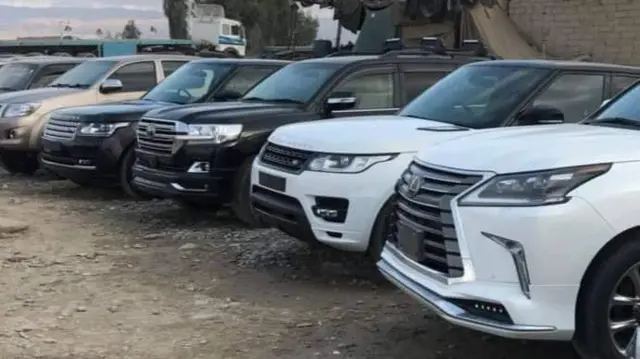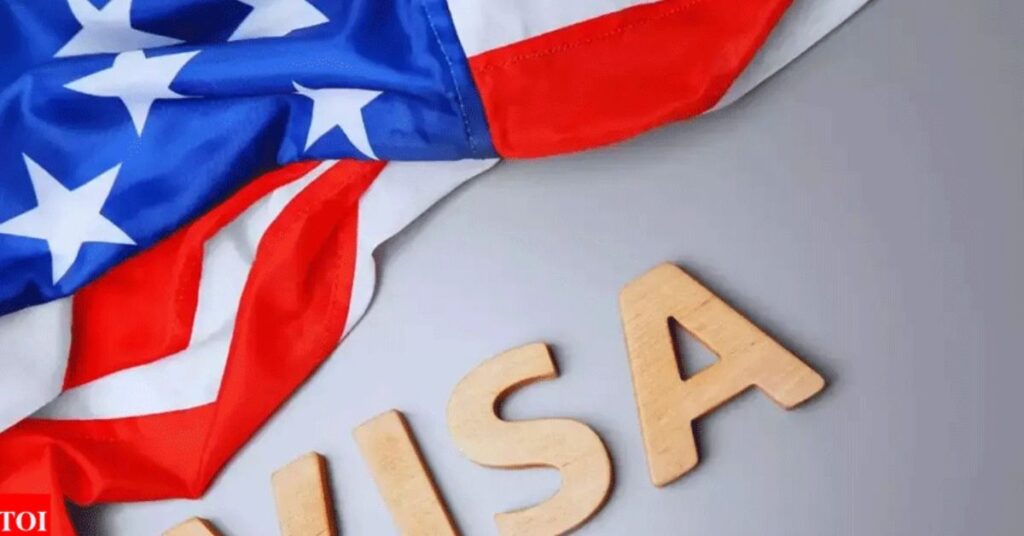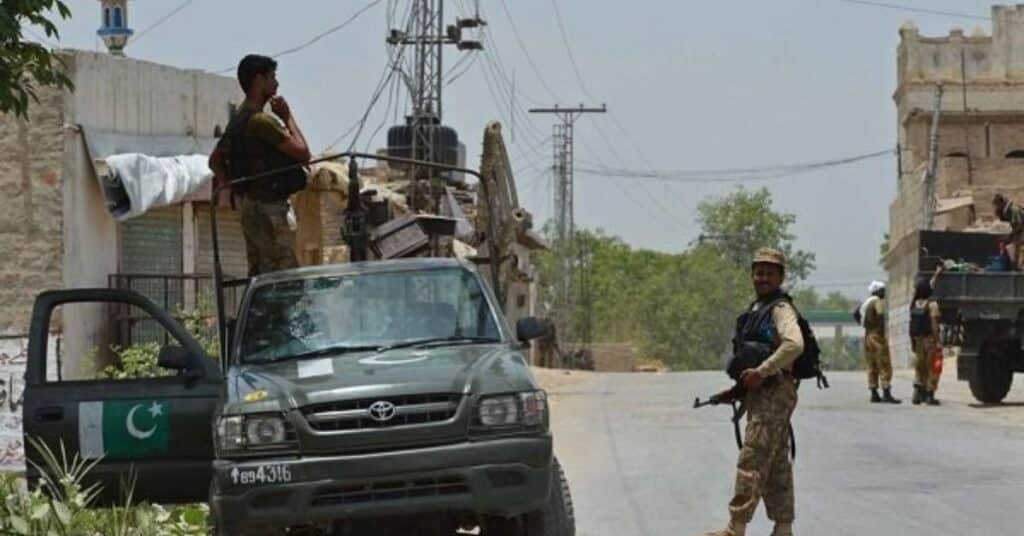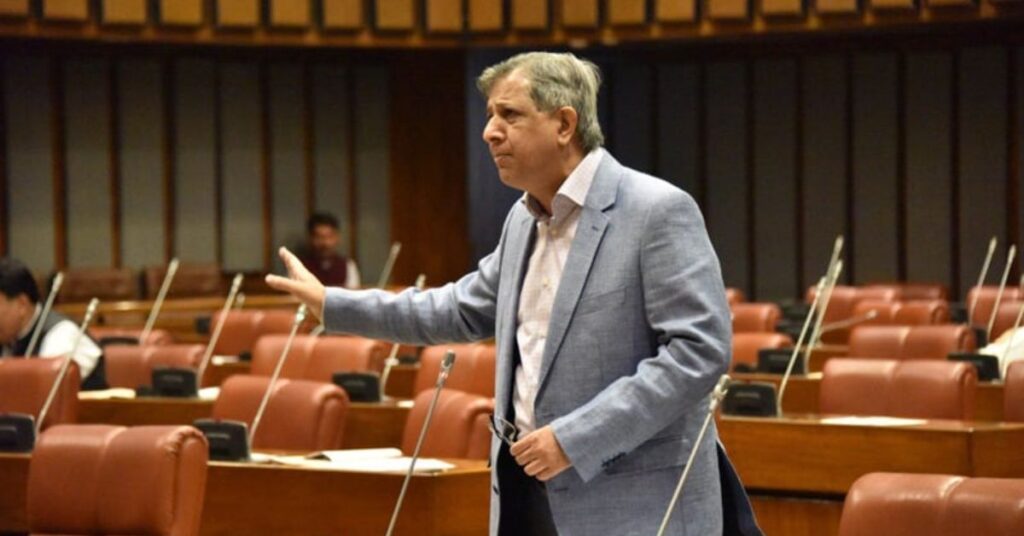By: Zulfiqar Ali (Kashmir Investigation Team)
MUZAFFARABAD: The Finance Department of Azad Kashmir has imposed a ban on the purchase of new vehicles in the financial year 2025-2026. This ban has been imposed after the public criticised the indiscriminate use of luxury government vehicles by the political and administrative elite.
According to official data, there are currently 5,300 government vehicles in use in Azad Kashmir, while the number of officers (grade 16 to grade 21) in this region is about 18,000.
In Azad Kashmir, government vehicles are purchased by the Central Transport Pool of the Services Department, while the relevant secretariat itself purchases vehicles for the development projects of various departments, although according to the transport policy, only the Central Transport Pool can purchase and register these vehicles.
According to official records, the Transport Pool alone has 625 vehicles, most of which are in use, while about 30 vehicles are currently in the Central Transport Pool.
As per the transport policy, these vehicles are provided to the President, Prime Minister, Ministers, High Court and Supreme Court judges, advisors and assistants to the President and Prime Minister, Chief Secretary, Senior Member Board of Revenue, Additional Chief Secretaries (Development and General), Secretaries, Chairman of the Prime Minister’s Inspection and Implementation Commission, Inspector General of Police, Public Service Commission, Service Tribunal and Accountability Bureau, besides other Grade 21 officers.
Along with this, the heads of various committees of the Legislative Assembly, Parliamentary Secretaries, Chairman of the Ulema and Mashaikh Council and Zakat Council, Advocate General, Chairman of the Board of Investment, and other such discretionary officers whose privileges are equivalent to Grade 20, benefit from this facility. At present, there is no active committee in the Assembly except the Public Accounts Committee, and there is no Parliamentary Secretary.
According to the Central Transport Pool, the departments of the Secretariat to which the Transport Pool will provide vehicles include Secretaries, Special Secretaries, Senior Additional Secretaries, Additional Secretaries, and Deputy Secretaries.
According to the Transport Policy, in addition to the vehicles allocated for officers in the departments of the Civil Secretariat, large departments can keep two vehicles and small departments one vehicle for the use of staff, but this will require approval from the concerned Secretary or Principal Accounting Officer.
According to the Transport Policy, the number of officials to whom vehicles should be provided is between 350-400, but there are about six hundred vehicles of the Transport Pool in use, which means that 200-250 vehicles have been provided to those who cannot use vehicles as per the policy.
According to the Transport Policy, government officials can use 1600 cc, 1800 cc, or, instead of it, four-by-four 5-door 3000 cc vehicles.
According to the list presented in the assembly a few years ago, the vehicles provided to government officials include some that cannot be used as per the policy because they are more than 3000 cc.
The vehicles provided to government officials include Mercedes, Toyota Land Cruiser V8, Fortuner, Prado, Land Cruiser, Prado, Pajero, Suzuki Jeep, Honda Civic, Toyota Camry, Toyota Grande car, Kia Sorento Jeep, Kia Sportage Jeep, Double Cabin Pickup, Toyota Corolla, Cultus, and 2D Saloon.
The governments of Azad Kashmir had purchased new vehicles worth about two billion rupees from 2017 to 2022 alone; however, after the formation of the current coalition government, no new vehicles were purchased. However, buses, ambulances, and vehicles for the police were purchased for schools and colleges.
Apart from the central transport vehicles, there are about 30 departments in Azad Kashmir, and they have more than 4700 vehicles, which is much more than required. According to the transport policy, those officers or officials of the department who make field visits can use the vehicles.
Critics say that there is misuse of government vehicles in Azad Kashmir, officers use private ones without any hesitation, those officers also use vehicles that they cannot use according to the law, and such officers also keep the vehicles with them all the time, which they cannot keep. They say that according to the transport policy, government officials can use 1800 cc in addition to 1600 cc or instead of it a four by four 5 door 3000 cc vehicle, but he is driving a big and powerful vehicle.
It should be noted that the Central Transport Pool of Azad Kashmir has also sold about 500 vehicles in recent months, which has generated an income of Rs 60 crore.
Critics say that the luxury cars are being used indiscriminately in a region that is backward and has very limited resources. They say that the region’s expected revenue in the current fiscal year will be only Rs 112 billion, most of which will be collected from taxes.
They say that the number of government employees in the region is about one lakh, including about eighteen thousand officers. Their salaries, allowances, and pensions will cost Rs 158 billion in the current fiscal year.
They say that in this region with a population of just seven and a half lakh, one lakh and thirty thousand families depend on the Benazir Income Support Programme (BISP), while one lakh and twenty thousand families or individuals had applied for the Social Protection Programme of Azad Kashmir, of which some eighteen thousand families or individuals were declared eligible for financial assistance from this programme in the first phase.
He says that the infrastructure that is visible in the region was built by the international community, led by Pakistan, in the earthquake-affected areas and by the Pakistani government itself in the earthquake-safe areas. He says that since 2005 alone, the Pakistani government has given a development grant of Rs 350 billion to the Azad Jammu and Kashmir government, but it has had no impact on the ground.
Critics say that a large part of this money has been lost to corruption.
The people of this region ask what the justification is for such a vast administrative structure and the privileges of the political and administrative elite in this region?




